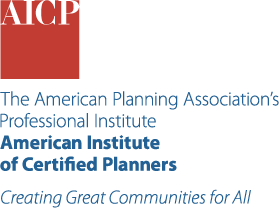Building the Civic Capacity Muscle
For only $180, get a full year of unrestricted access to APA's extensive learning library. Kickstart your journey by subscribing to Passport, then take the next step by enrolling in the courses that pique your interest.
Certification Maintenance
Learning Outcomes
- Understand the concept of civic capacity and why it is important to a community.
- Identify the changes that can increase civic capacity to create change in your jurisdiction.
- Get equipped to take the first steps toward implementing policies that foster civic capacity.
More Course Details
Research has found that grandiose and unrealistic plans do little to move a city in the right direction, especially in smaller cities with limited resources and weak civic infrastructure. Instead, small cities are better off taking strategic, incremental steps towards a shared vision for the city’s future that is grounded in a realistic assessment of the present.
Civic infrastructure is closely tied to the concept of civic capacity — meaning institutions, agencies, and individuals are coordinated and able to effectively respond to crisis and seize opportunity.
This process of building capacity is similar to building muscle — it is also a long-term process that requires ongoing work and maintenance, but once a community has a certain amount, it can take on heavier lifts. As communities achieve incremental "wins," they are better situated to take on larger, more catalytic efforts.
This course looks at concrete steps that two smaller cities have taken to increase the civic capacity "muscle" in their city through a process of incremental change.


